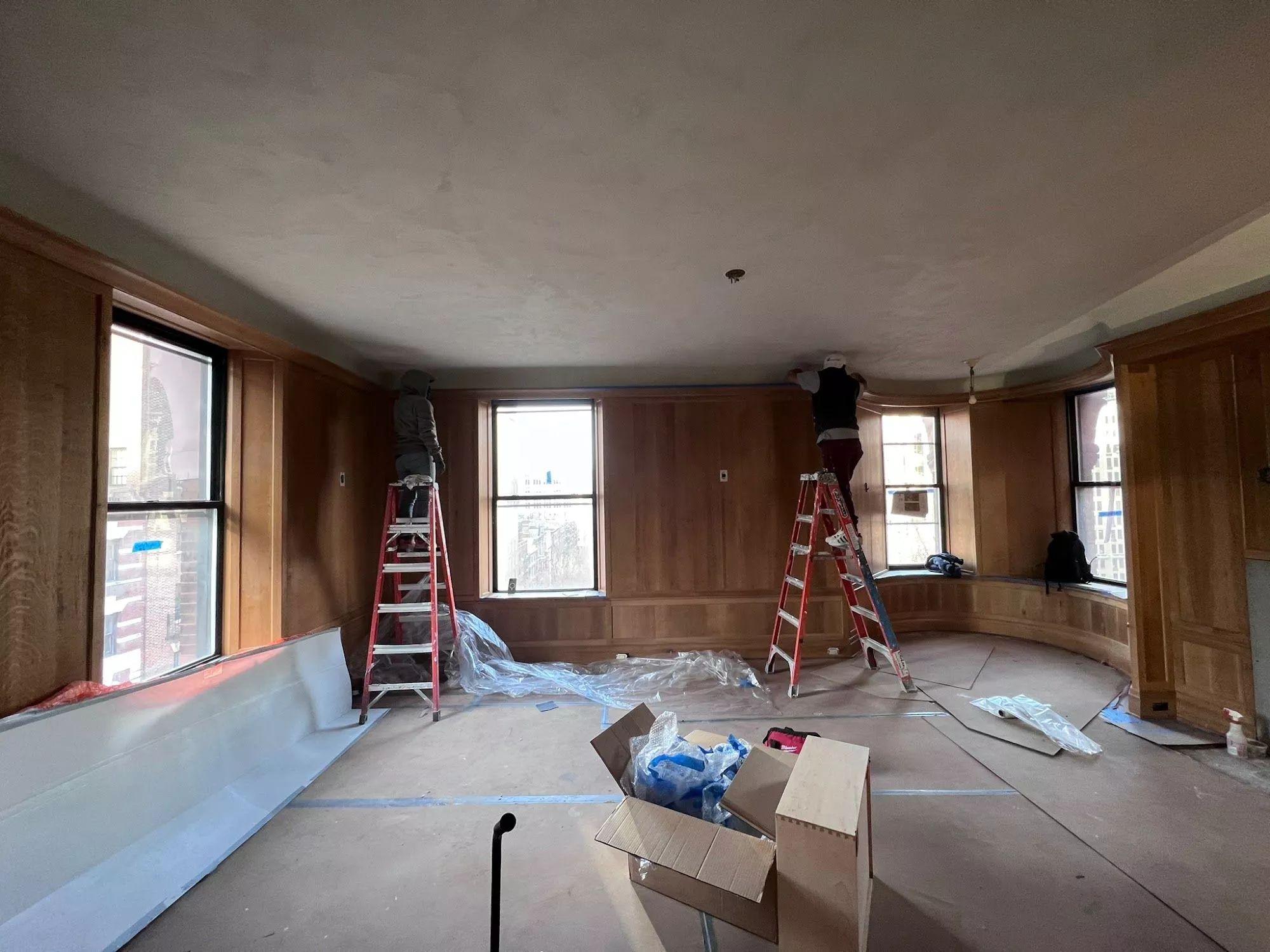How to Avoid Change Orders From Your General Contractor

Construction project manager reviewing change order documentation with client
More often than not, change orders are frustrating. While many of them are perfectly valid, questionable charges can be annoying and disruptive to your project timeline and budget. To avoid change orders, cost overruns, and delays in your construction project, here are some best practices you can follow:
Create Fair and Clear Contract Terms
If the scope of work is vaguely defined or the contract documents are ambiguous, your general contractor may unintentionally misinterpret their contractual obligations or the design requirements. A clear contract document will give them a better understanding of what they are supposed to build. The more detailed the contract documents are, the better.
Aside from the contract terms, you should also make your expectations clear upfront. Make sure that your general contractor knows if you're hoping for high-end materials and that your plan and design mirror your references.
Include Realistic Change Order Clauses
Most construction contracts contain a "changes in the work" clause, which serves as a guide when revising a general contractor's scope of work. This clause also allows you and your contractor to have an advanced agreement regarding the process of making changes to the work and pricing such changes.
When making your change order clause, make it realistic. For example, a party typically needs authorization from a person who is not on the site. Alternatively, you can include a procedure that names a secondary authorization contact, should there be any time-sensitive changes. This provision allows payment to the contractor during such unforeseen circumstances and protects you from excessive costs.
Present Change Order Terms and Procedures Upfront
An established process from the outset helps prevent unauthorized change orders while the project is in progress. You should also agree on some pricing standards so there won't be any disputes when your general contractor sets the prices for change orders.
When the agreed terms and processes are shared among clients, contractors, and subcontractors, everyone will be on the same page with how change orders should be handled.
Use Request for Information (RFI) Procedure
This means of communication gives general contractors an efficient way of receiving instructions from the client and the design team. They could raise questions and get prompt responses. Contractors can also use RFIs to request substitutions for particular materials or bring up any omissions or deficiencies.
Know the Differences Among Errors/Omissions, Latent Defects, and Design Changes
- Errors or omissions are what your general contractor could have told you ahead of time but didn't.
- Latent defects are issues in the property as identified by surveys.
- Design changes are when you have a change of mind.
Knowing the differences among these three is important to avoid and resolve arguments if they happen.
Plan for Contingencies
Every construction project should have a contingency budget—typically 5-10% of the total project cost for new construction and 10-20% for renovations. This buffer helps absorb the cost of legitimate change orders without derailing your budget.
Invest in Thorough Pre-Construction Planning
Many change orders result from inadequate planning. Investing time and resources in thorough pre-construction planning, including detailed site investigations, comprehensive design development, and material selections, can significantly reduce the likelihood of changes during construction.
Maintain Open Communication
Regular project meetings and clear communication channels between all stakeholders—owners, architects, engineers, and contractors—help identify potential issues early, before they necessitate formal change orders.
Conclusion
Avoiding all change orders may be impossible, but these practices can help you reduce the number of disruptions while doing a project. Fair and clear contract terms with realistic change order clauses provide better guidance to both parties throughout the construction project.
Additionally, having change order terms and procedures upfront, as well as RFI procedure, creates a clear process that can help address change orders better. More importantly, identifying, understanding, and preparing for risks during the planning stage can help you decrease the likelihood of running into unnecessary change orders down the line.
At CooperBuild, our experienced design-build team works with clients from the beginning until project completion with minimal change orders. We prioritize thorough planning, clear communication, and transparent processes to ensure your project stays on track and within budget.
About Adam Hicks
A graduate from Georgetown University with a background in risk management for institutional investors, Adam founded CooperBuild based on his passion to create spaces that matter.
President
Subscribe to Our Newsletter
Get the latest insights, trends, and news from the construction industry delivered straight to your inbox.
We respect your privacy. Unsubscribe at any time.

